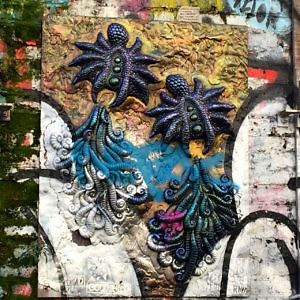ESMO20 Preview 3 Developmental Therapeutics – IO therapies

Remember the good old days at ESMO17 in Madrid? Sadly there’s no face to face networking at this year’s ESMO20 virtual meeting!
In this third ESMO 2020 Preview the focus is on early stage immunotherapies – we’ll cover targeted therapies in a separate review article.
As new regimens evolve involving multiple immune targets, this complexity brings with it a greater need to understand cell-cell interactions – not just immune cell relationships, but also oncogenic, metabolic, and even epigenetic ones. How do they all fit together and what happens when we interfere with those relationships therapeutically?
Often the simple answer is we don’t know until we head into the clinic, I’m afraid.
Beyond the obvious phase 3 IO readouts in the various Presidential symposia and Proffered oral sessions there are quite a few emerging ideas – old ones with a twist as well as entirely new ones – which we can consider and discuss.
Here, we highlight five key IO areas related to cancer immunotherapy and explore the various concepts as preparation for the upcoming meeting…
To learn more from our oncology analysis and get a heads up on insights and commentary pertaining to ESMO 2020, subscribers can log-in or you can click to gain access to BSB Premium Content.
This content is restricted to subscribers
 One goal that many are looking at with STING agonism is to try and take less inflamed tumours and turn them into inflamed ones (or cold to hot in layman’s parlance).
One goal that many are looking at with STING agonism is to try and take less inflamed tumours and turn them into inflamed ones (or cold to hot in layman’s parlance). Still, back in 2015 there were barely a handful of STING agonists that anyone could really put a name too, now there’s 18 compounds in early pipelines and counting.
Still, back in 2015 there were barely a handful of STING agonists that anyone could really put a name too, now there’s 18 compounds in early pipelines and counting.